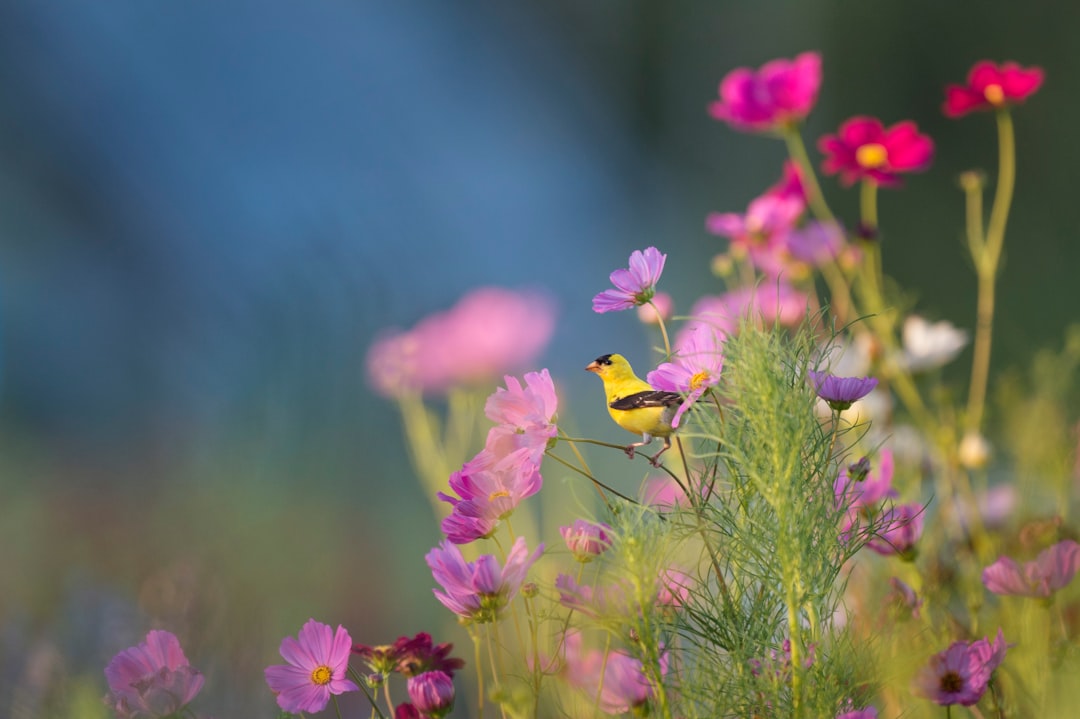Planting Flowers: Transforming Spaces and Spirits with Color and Care
In a world that often feels chaotic and overwhelming, planting flowers offers a delightful escape—a chance to connect with nature, express creativity, and bring beauty to our surroundings. Whether you have a sprawling garden or a cozy balcony, flowers can transform any space into a vibrant oasis. Let’s explore the myriad benefits of planting flowers, how to get started, and the unique joys that come from nurturing these colorful wonders.
**The Benefits of Planting Flowers**
Flowers do more than just beautify our environment; they offer a plethora of benefits that enhance our well-being. Studies have shown that being around flowers can significantly improve mood, reduce stress, and promote a sense of happiness. The act of gardening itself is a form of physical exercise that promotes physical health, while the meditative qualities of planting can be incredibly soothing for the mind.
Moreover, flowers attract pollinators, like bees and butterflies, which play a crucial role in our ecosystem. By planting flowers, you are not just beautifying your space; you are also contributing to the environment and supporting local wildlife.
**Getting Started with Flower Planting**
So, how do you dive into the world of flowers? Here are some key steps to guide you:
1. **Choose the Right Flowers**: Begin by considering your local climate, the amount of sunlight your space receives, and the time you can dedicate to care. Opt for flowers that thrive in your environment, whether it’s vibrant marigolds for sunny spots or delicate violets for shaded areas.
2. **Plan Your Space**: Consider how you want to arrange your flowers. Will they be in a garden bed, pots, or hanging baskets? Sketching a layout can help you visualize the colors and heights of different flowers together, creating a harmonious design.
3. **Prepare the Soil**: Healthy soil is the foundation of a flourishing flower garden. Ensure your soil is well-draining and enriched with organic matter. You can mix in compost or well-rotted manure to give your flowers a nutrient boost.
4. **Plant with Care**: Follow the planting instructions for each type of flower, paying attention to spacing and depth. Water them thoroughly after planting to help establish roots. This initial care is crucial for a successful start!
5. **Maintenance**: Regular watering, deadheading (removing spent blooms), and occasional fertilizing will keep your flowers looking their best. Don’t forget to enjoy the process; gardening is a journey, not a race.
**Creative Approaches to Flower Planting**
While traditional flower beds are beautiful, there are countless creative ways to incorporate flowers into your space. Consider vertical gardens, where flowers cascade down from wall-mounted planters. This approach is especially effective for smaller spaces.
Alternatively, try companion planting—growing flowers alongside vegetables. Marigolds, for example, can deter pests and attract beneficial insects while adding a pop of color to your vegetable patch. You can also use flowers in unexpected places: try filling old teacups or mason jars with soil and planting small flowers for charming table centerpieces.
**Embracing Eco-Friendly Practices**
In today’s eco-conscious world, many gardeners are turning to sustainable practices. Choose native flowers that require less water and are more resilient to local pests. Incorporate organic fertilizers and pesticides to protect the environment. Composting kitchen scraps can also enrich your garden soil, creating a closed-loop system that reduces waste.
**Psychological Impact of Flower Gardening**
There’s something truly magical about watching a flower bloom. The patience required in gardening teaches us resilience and appreciation for the little things. This act of nurturing something from seed to blossom can have profound psychological benefits, enhancing feelings of accomplishment and fostering mindfulness.
**Emerging Trends in Flower Gardening**
As we look to the future, flower gardening is evolving. The trend of “cut flower gardens” is gaining popularity, where gardeners grow flowers specifically for floral arrangements. This not only supports personal creativity but also reduces the carbon footprint associated with store-bought flowers.
Additionally, more people are integrating technology into their gardening routines. Smart sensors can monitor soil moisture, helping you determine the perfect time to water. Apps can provide information on plant care, allowing for more informed decisions.
**Conclusion**
Planting flowers is not merely a hobby; it’s a path to creating beauty, nurturing the environment, and enhancing our well-being. Whether you’re a seasoned gardener or a curious beginner, there’s a world of flowers waiting to inspire you. So grab your trowel, choose your blooms, and let your garden flourish—because every flower planted is a step toward a brighter, more colorful world.

